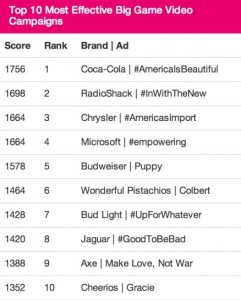By ADAM SPECTOR
Mattress Firm has filed for Chapter 11 bankruptcy last Friday. More than 200 stores are confirmed to close and up to 700 of its 3,230 stores could close.
The most common reason attributed to this news is that the business expanded too fast and that it had too many stores that were in close proximity to one another. As mentioned last week in this blog space, in one area of Austin, Texas, there are a reported six Mattress Firms within a square mile of one another. In High Point, N.C., there are two Mattress Firms within less than 250 feet of one another.
Nearly 43 percent of Mattress Firm stores are located within one mile of another one, according to financial data firm Thinknum.
As insane as this concept may sound, the idea of having many stores close together has worked for various chain restaurants, hotels, coffee shops and pharmacies. The difference between those businesses and Mattress Firm is that people don’t buy new mattresses as often as they frequent the other businesses.
“I think they’re humbled,” said Seth Basham, an analyst with Los Angeles-based Wedbush Securities in an interview with the Houston Chronicle. “They grew far too fast with ambitions to be a national retailer.”
Another attribution to Mattress Firm’s bankruptcy other than its insane number of stores is rising number of online mattress retailers such as Purple, Casper and Leesa. The selling point of many of these online retailers is that they are able to sell mattresses of supposedly similar quality to name brands found in stores for lower prices than those found at stores because they are being sold directly by the manufacturer.
Even though plenty of news sources are now explaining how Mattress Firm’s strategy of having a store in every corner is what led to its bankruptcy and shutting down of stores, the media never questioned their improbable plan in the past. As mentioned last week, very few people actually buy a new mattress every five to seven years as retailers recommend. Buying a mattress is a significant purchase for most people that happens less than twice each decade.
If someone is planning on buying a mattress, would they really mind driving an extra mile if there was one less mattress store?



